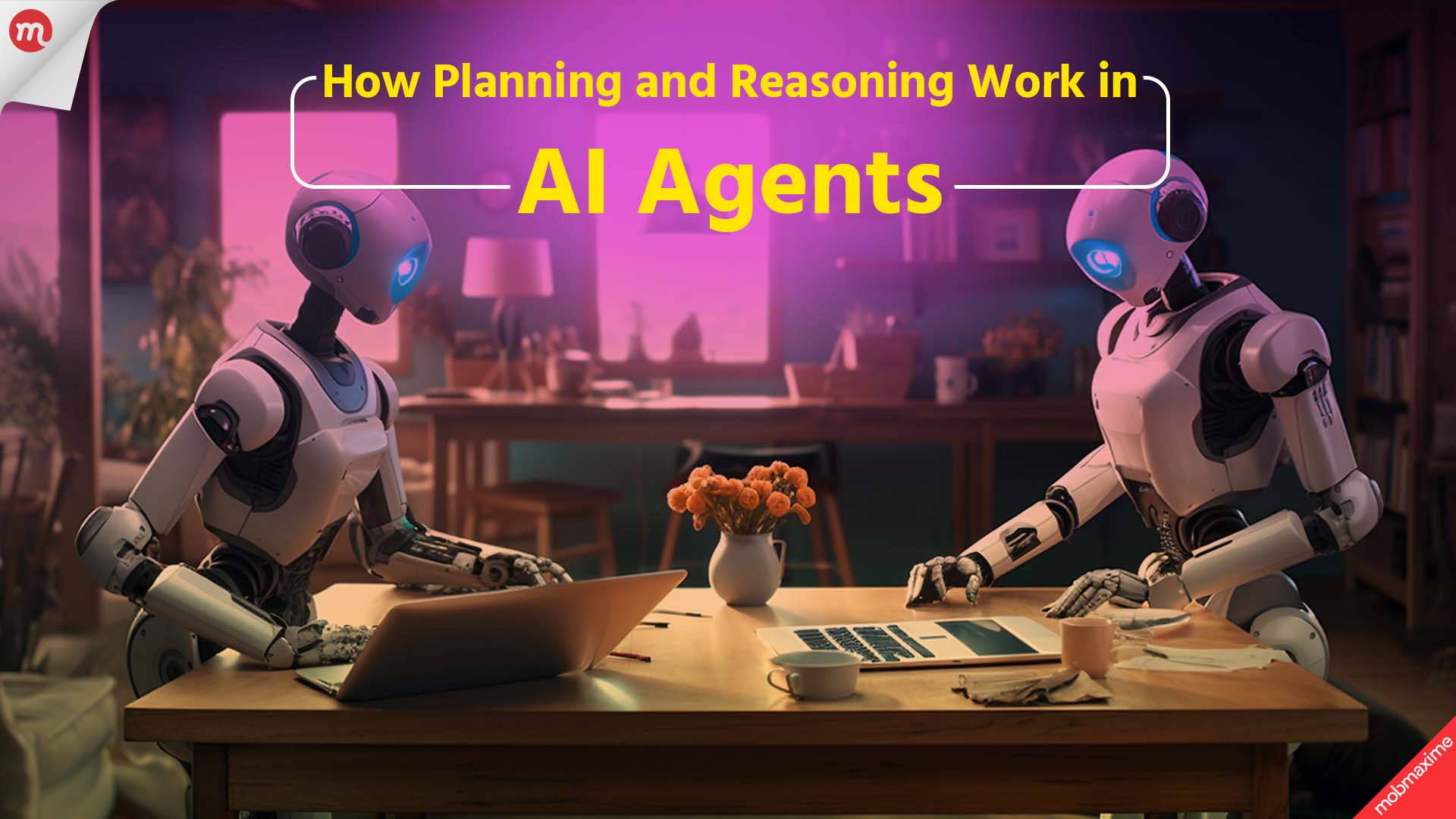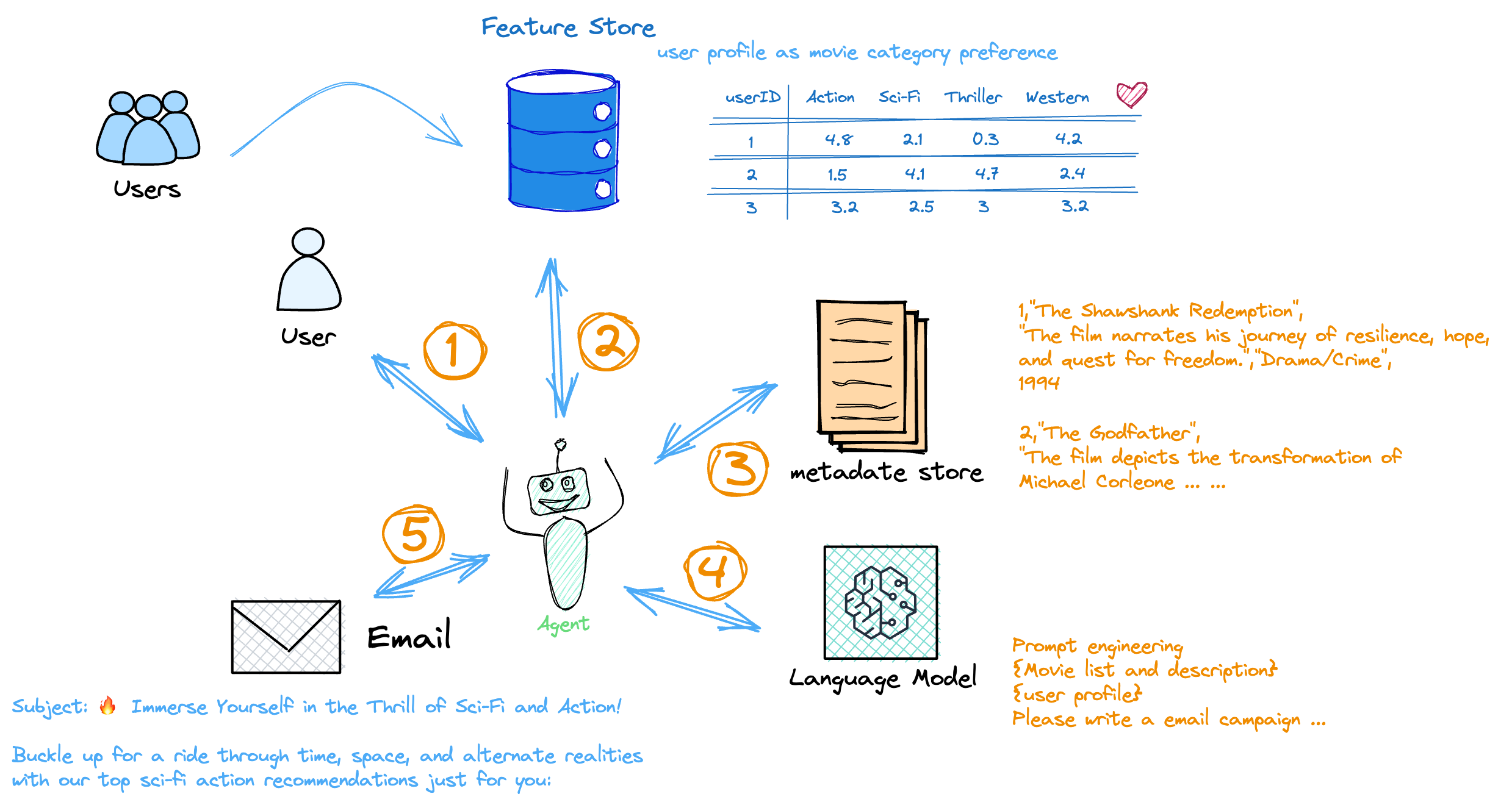How Planning and Reasoning Work in AI Agents

Artificial Intelligence has leaped from scripted chatbots to fully autonomous agents that think, plan, and act. These AI agents are no longer just reactive—they’re proactive, capable of setting goals and solving complex tasks independently.
But what’s really going on under the hood? How do machines think ahead? How do they reason through uncertainty?
In this post, we dive deep into AI planning and reasoning—the invisible decision-making magic that powers everything from virtual assistants to intelligent robots.
What Are AI Agents (and Why Do They Matter)?
Imagine a self-driving car navigating traffic or a smart assistant rebooking your flight after a delay. These aren’t basic bots—they’re AI agents: autonomous software (or hardware) entities that perceive their environment, reason about it, and take actions to meet specific objectives.
At the heart of their intelligence lies a carefully designed AI agent architecture, often inspired by cognitive models in artificial intelligence agents. These models attempt to mimic human cognition—perceiving, reasoning, planning, deciding, and learning.
An agent isn’t just reacting to inputs. It’s thinking about its next five moves. That’s where planning and reasoning come into play.
The Difference Between Planning and Reasoning in AI
Let’s break this down using a chess analogy:
- Planning is when the AI looks at the board, evaluates future moves, and creates a strategy to checkmate.
- Reasoning is when it understands that your queen sacrifice was bait—and avoids the trap.
Here’s a clear breakdown:

Both are essential for building robust, flexible, and intelligent systems. Without planning, an agent is directionless. Without reasoning, it’s clueless.
How AI Agents Plan and Make Decisions
To understand how AI agents plan and make decisions, picture a delivery drone navigating a city:
- Goal Identification: Deliver a package to 742 Evergreen Terrace.
- State Evaluation: Current weather, no-fly zones, remaining battery.
- Planning: Use planning algorithms used in AI agents like A*, STRIPS, or PDDL to chart an optimal path.
- Decision-Making: Choose the safest, fastest, or most energy-efficient option.
- Execution & Monitoring: Take flight, monitor for dynamic changes, and replan if necessary.
The ability to dynamically adapt plans using real-time input is a powerful aspect of intelligent agents. And when new information arrives—say, a street is suddenly closed—reasoning steps in to evaluate what that change means.
Reasoning: Not Just Logic, But Survival
Reasoning allows AI agents to simulate “understanding.” It’s how they:
- Fill in gaps in data (abduction)
- Make predictions (induction)
- Follow logical rules (deduction)
For example, in real-world applications of AI agent reasoning like fraud detection, an AI may reason that a login from a new country, combined with a large withdrawal, suggests a security threat.
Reasoning is what lets AI agents think beyond hardcoded instructions—and it’s what separates useful AI from toy automation.
Planning Algorithms Used in AI Agents
Some popular planning algorithms used today include:
- A*: Great for shortest-path problems (e.g., navigation).
- STRIPS: Breaks goals into actionable steps; widely used in robotics.
- PDDL (Planning Domain Definition Language): The standard for representing complex planning problems.
- HTN (Hierarchical Task Network): Splits large goals into manageable subtasks, like a project manager.
These aren’t just mathematical tools—they’re the brains behind intelligent behavior.
How AI Agents Solve Complex Tasks
AI agents often face tasks that are ambiguous, dynamic, and multi-layered—far from simple “if-this-then-that” routines.

Take a warehouse robot:
- It must deliver goods (goal),
- Avoid obstacles and humans (plan),
- Decide what to do when it gets blocked (reason),
- Learn from repeated situations (adapt).
To solve complex tasks, agents integrate all layers of intelligence—from perception to planning to reasoning to learning. This orchestration is only possible with a well-designed AI agent architecture.
Real-World Applications of AI Planning and Reasoning
Here are some real-world applications of AI agent reasoning and planning that you might encounter today:
- Healthcare: AI agents recommend treatments based on a combination of patient history and new symptoms—reasoning through vast medical databases.
- Finance: Detecting fraud, optimizing portfolios, or automating risk analysis.
- Logistics: Predictive delivery systems that replan routes dynamically due to weather, traffic, or warehouse delays.
- Gaming: NPCs (non-player characters) that can adapt to player behavior using real-time planning and strategy shifts.
These examples highlight the flexibility and intelligence that planning and reasoning enable.
The Future: Cognitive AI Agents That Learn and Evolve
With the rise of cognitive models in artificial intelligence agents, we’re stepping into a new era where agents can simulate human-like learning and decision-making.
These next-gen AI agents will:
- Plan for abstract goals
- Reason about human emotions
- Coordinate with other agents (multi-agent systems)
- Continuously learn and improve autonomously
Imagine an AI co-founder, an AI lawyer, or an AI life coach. That’s not science fiction anymore—it’s the next phase of agent-based intelligence.
Ready to Build Smarter AI Agents?
Planning and reasoning are the soul of AI autonomy. From navigation to negotiation, these capabilities let machines think, adapt, and act like never before.
If you’re looking to integrate AI agents into your product or automate intelligent workflows, MobMaxime is here to help. Our expert team specializes in building real-world AI solutions with robust planning, reasoning, and learning capabilities.
Contact MobMaxime today to discuss your AI strategy—and let’s shape the future of intelligent automation together.
Join 10,000 subscribers!
Join Our subscriber’s list and trends, especially on mobile apps development.I hereby agree to receive newsletters from Mobmaxime and acknowledge company's Privacy Policy.
